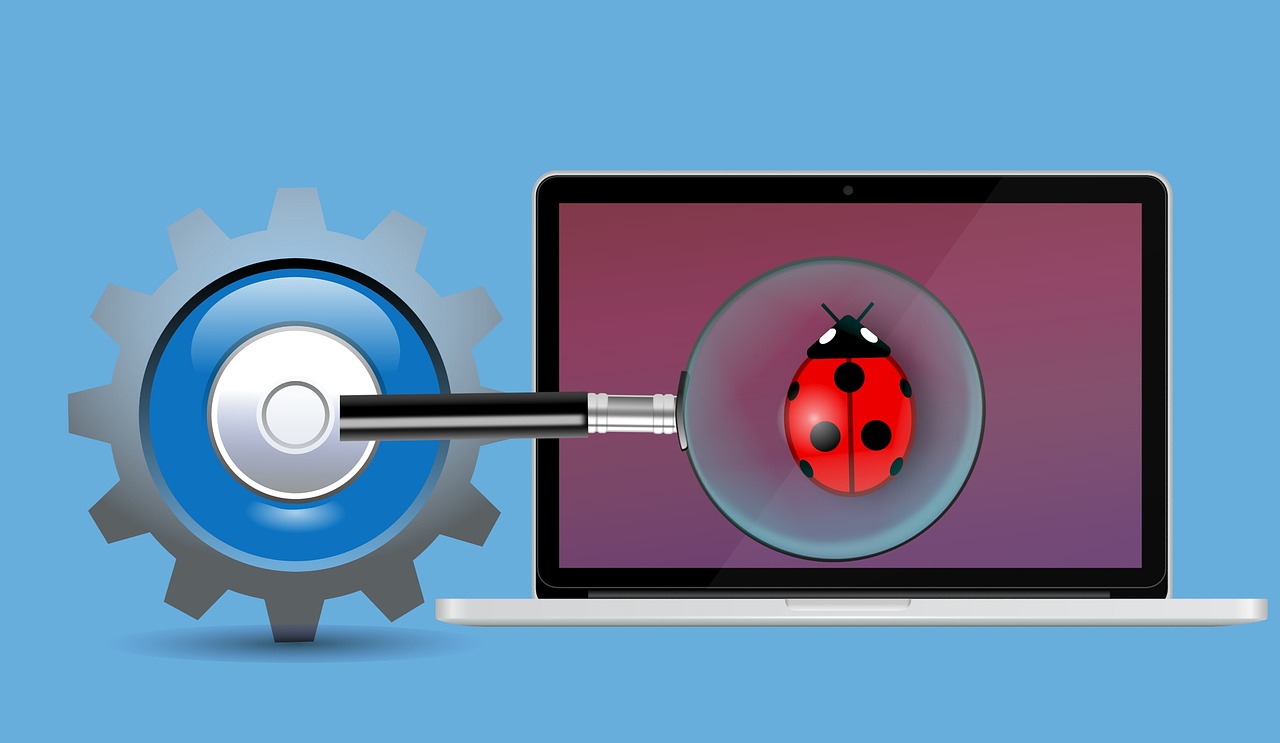When we think about value, we think about the cost we pay for something. However, that’s a very shortsighted definition. We probably only consider cost as defining value because most of the things we buy are defined this way. For instance, when we go to a grocery store, we look at two brands of cheese, and the cheaper one is the better value. It doesn’t matter much which is the better quality cheese, it simply matters which is the cheaper cheese. As consumers, we typically only consider the cost. To me, the definition of value is far more complicated.
Buying Vacuum Cleaners
Twenty years ago, when I would buy a vacuum cleaner, I only considered cost when purchasing. The cheapest vacuum was the best value and the one I would purchase. But time and time again, I found that my value vacuum cleaner would stop working after about a year. So, I’d go back to the store and buy another one. I was paying about $100 per year to purchase vacuum cleaners. Note that now my value definition has a time element. After several years, I considered buying a Dyson vacuum cleaner. It was four times as expensive, but I had hoped it would do a better job than the $100 vacuum cleaners and that it would last longer. And today, 15 years later, I still have that same Dyson vacuum cleaner. If it were to break today, I would have spent $400 over 15 years for my vacuum. That’s a substantially better value than before!
Value of Technology
The cost of computer technology is very similar. You can buy the $300 laptop and expect to replace it next year, or you can buy a MacBook and have it for 10 years. But custom software is a little more difficult to directly compare since the price tag isn’t as clearly defined. What I’ve found is that when customers purchase consulting services or software development services based solely on the cost of those services, they often find that the price tag explodes over the lifespan of the product due to poor development. When you find the developer with the lowest cost, he probably has the least experience. He will take longer to accomplish the work since he’s bound to run into more snags than an experienced developer. He’s also likely to overlook things that a senior developer wouldn’t. These issues will result in additional costs during the lifetime of the application to fix in addition to lost time and productivity from your software users.
Conclusion
Paying for custom technology services is more like buying a vacuum than it is purchasing a block of cheese from the grocery store. The true value of those technology services will be defined not by cost alone, but by how long those services solve your technology problems.









